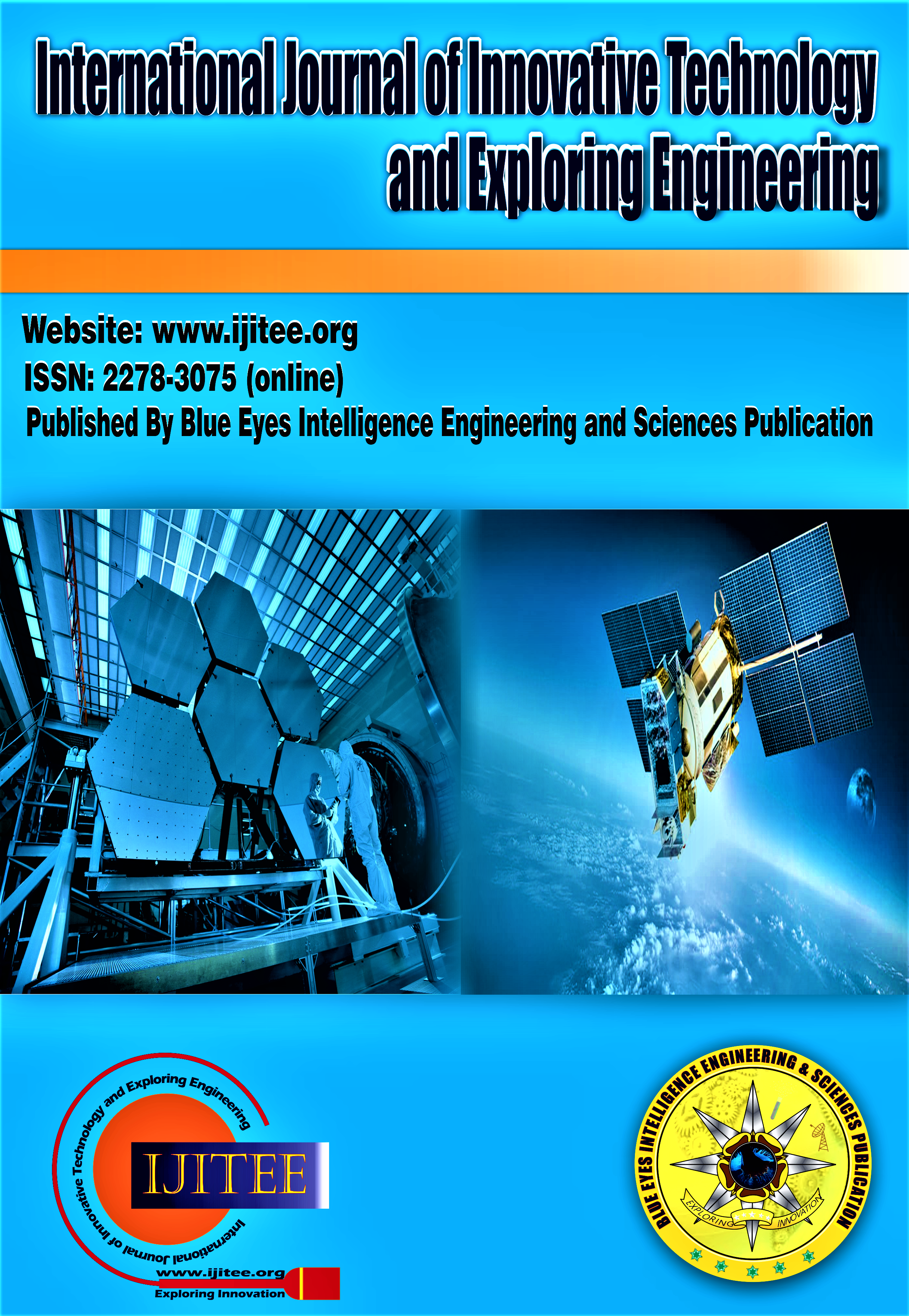Comparative Study of Machine Learning Based Diabetes Predictive System
Main Article Content
Abstract
Diabetes is one of the most lethal diseases in the world. It is also a precursor to various other disorders such as coronary failure, blindness, and kidney diseases. Patients often need to visit diagnostic centers to get their reports after consultation, which requires a significant investment of time and money. However, with the growth of machine learning methods, we now have the ability to address this issue. Advanced systems utilizing information processing can forecast whether a patient has diabetes or not. Furthermore, early prediction of the disease can provide patients with critical interventions before it fully develops. Data mining techniques can extract hidden information from large datasets of diabetes-related information. The aim of this research is to develop a system that can predict the diabetic risk level of a patient with higher accuracy. The model development is based on classification methods such as K-Nearest Neighbors, Decision Tree, and Support Vector Machine (SVM) algorithms. For K-Nearest Neighbors, the models achieve an accuracy of 71%, 78% for SVM, and 70% for the Decision Tree algorithm. The outcomes demonstrate a significant accuracy of these methods.
Downloads
Article Details
Section

This work is licensed under a Creative Commons Attribution-NonCommercial-NoDerivatives 4.0 International License.
How to Cite
References
M. A. Hearst, S. T. Dumais, E. Osuna, J. Platt and B. Scholkopf, “Support vector machines," in IEEE Intelligent Systems and their Applications”, vol. 13, no. 4, pp. 18-28, July-Aug. 1998, doi: 10.1109/5254.708428. https://doi.org/10.1109/5254.708428
Kecman, V. Support Vector Machines – An Introduction. In: Wang, L. (eds) ,”Support Vector Machines: Theory and Applications”, Studies in Fuzziness and Soft Computing, vol 177. Springer, Berlin, Heidelberg. https://doi.org/10.1007/10984697_1. https://doi.org/10.1007/10984697_1
A. Navada, A. N. Ansari, S. Patil and B. A. Sonkamble, "Overview of use of decision tree algorithms in machine learning," 2011 IEEE Control and System Graduate Research Colloquium, Shah Alam, Malaysia, 2011, pp. 37-42, doi: 10.1109/ICSGRC.2011.5991826. https://doi.org/10.1109/ICSGRC.2011.5991826
B. Charbuty and A. Abdulazeez, “Classification Based on Decision Tree Algorithm for Machine Learning”, JASTT, vol. 2, no. 01, pp. 20 - 28, Mar. 2021. https://doi.org/10.38094/jastt20165
Rokach, L., Maimon, O. (2005). Decision Trees. In: Maimon, O., Rokach, L. (eds), “Data Mining and Knowledge Discovery Handbook”, Springer, Boston, MA. https://doi.org/10.1007/0-387-25465-X_9 https://doi.org/10.1007/0-387-25465-X_9
Uddin, S., Haque, I., Lu, H. et al.,” Comparative performance analysis of K-nearest neighbour (KNN) algorithm and its different variants for disease prediction”, Sci Rep 12, 6256 (2022). https://doi.org/10.1038/s41598-022-10358-x.
Guo, G., Wang, H., Bell, D., Bi, Y., Greer, K. (2003). ,”KNN Model-Based Approach in Classification”,. In: Meersman, R., Tari, Z., Schmidt, D.C. (eds) On The Move to Meaningful Internet Systems 2003: CoopIS, DOA, and ODBASE. OTM 2003. Lecture Notes in Computer Science, vol 2888. Springer, Berlin, Heidelberg. https://doi.org/10.1007/978-3-540-39964-3_62.
Pima Indians Diabetes Database https://www.kagegle.com/uciml/pima-indians-diabetes-databas Predict the onset of diabetes based on diagnostic measures
Talha Mahboob Alam, Muhammad Atif Iqbal, Yasir Ali, Abdul Wahab, Safdar Ijaz, Talha Imtiaz Baig, Ayaz Hussain, Muhammad Awais Malik, Muhammad Mehdi Raza, Salman Ibrar, Zunish Abbas,
“A model for early prediction of diabetes”, Informatics in Medicine Unlocked, Volume 16, 2019, 100204, ISSN 2352-9148, https://doi.org/10.1016/j.imu.2019.100204.
Krishnamoorthi, Raja & Joshi, Shubham & Almarzouki, Hatim & Shukla, Piyush & Rizwan, Ali & Kalpana, C. & Tiwari, Basant. (2022).,” A Novel Diabetes Healthcare Disease Prediction Framework Using Machine Learning Techniques. Journal of Healthcare Engineering”, 2022. 1-10. 10.1155/2022/1684017.
American Diabetes Association.,”Classification and diagnosis of diabetes: Standards of Medical Care in Diabetes”,2018.
Diabetes Care 2018;41(Suppl. 1):S13–S27, https://doi.org/10.2337/dc18-S002
Yilmaz, N., Inan, O., & Uzer, M. S. (2014). ,”A New Data Preparation Method Based on Clustering Algorithms for Diagnosis Systems of Heart and Diabetes Diseases”, Journal of Medical Systems, 38(5). doi:10.1007/s10916-014-0048-7
Aishwarya Mujumdar, V Vaidehi, “Diabetes Prediction using Machine Learning Algorithms”, Procedia Computer Science, Volume 165, 2019, Pages 292-299, ISSN 1877-0509, https://doi.org/10.1016/j.procs.2020.01.047.
Modak, S.K.S., Jha, V.K. Diabetes prediction model using machine learning techniques. Multimed Tools Appl 83, 38523–38549 (2024). https://doi.org/10.1007/s11042-023-16745-4





